In August, SA posted an update on Uzbekistan’s forced and child labour in the Cotton sector. SA continues to follow the story and unfortunately, matters have continued to decline. As expected, the Uzbek government is once again relying on forced and child labour during this year’s harvest season. The Cotton Campaign (through Ferghana.ru) reports that 8 out of 12 provinces have kicked off a mass mobilization into the cotton fields. It is quite disappointing to learn that this practice continues in Uzbekistan despite government guarantees that child labour is banned. Perhaps the trouble is that there continues to be a market for Uzbek cotton regardless of the way it is harvested. We urge you to head over to Cotton Campaign and sign the petition against Child Labour in Uzbekistan.
The Cotton Campaign also points to an Independent World Report article on this issue that points out that Unicef, which has a significant presence in Uzbekistan, is not addressing this situation. The article also targets two major retailers, H&M and Inditex (Zara and Bershka), that are both sourcing some of their garments from suppliers in Bangladesh which in turn source some of their cotton from Uzbekistan. One of the excuses used by some brands is that it’s difficult to trace the source of a garment’s cotton. The article dismissed this excuse with a quote from Juliette Williams from the Environmental Justice Foundation:
We would like to know more about the traceability issue. Is it really as difficult as some claim? What are the factors that are preventing some brands from moving forward on this? We would like to hear from you. Please help us learn about this and leave a comment below or contact us.
Special thanks to Cassandra Cavanaugh from Cotton Campaign who let us know that Kohl’s has now joined the boycott.
Source: Cotton Campaign, Ferghana.ru & Independent World Report.

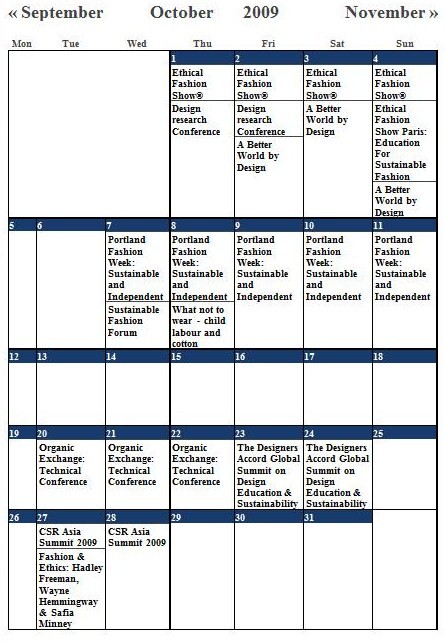



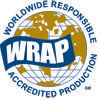


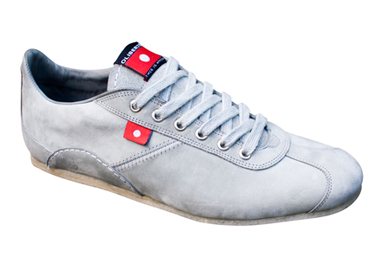
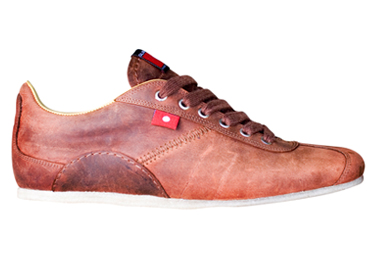
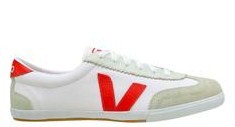

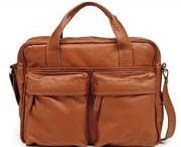
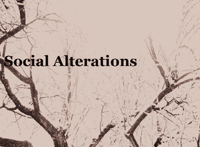
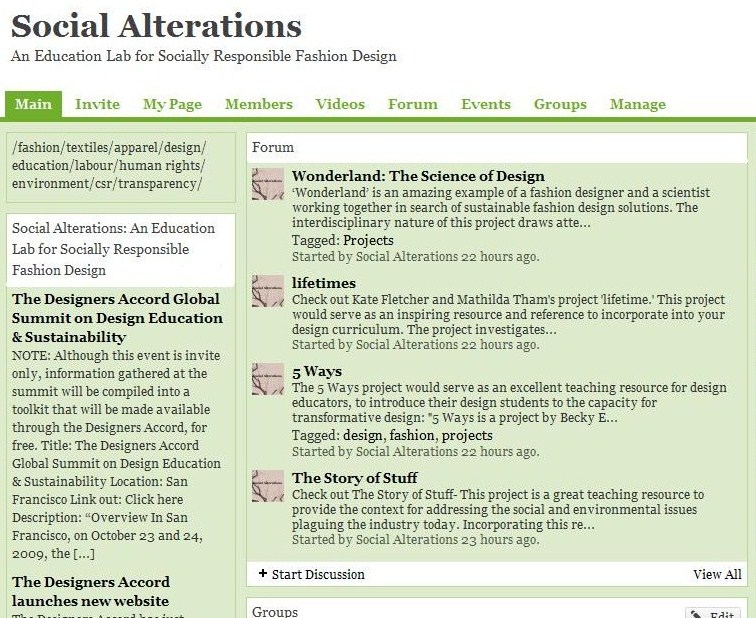
 The International Day for the Remembrance of the Slave Trade and its Abolition was August 23rd. To mark the occasion, the ILO (International Labour Organization) has launched a new book on forced labour, titled “Forced labor: Coercion and exploitation in the private economy.”
The International Day for the Remembrance of the Slave Trade and its Abolition was August 23rd. To mark the occasion, the ILO (International Labour Organization) has launched a new book on forced labour, titled “Forced labor: Coercion and exploitation in the private economy.”